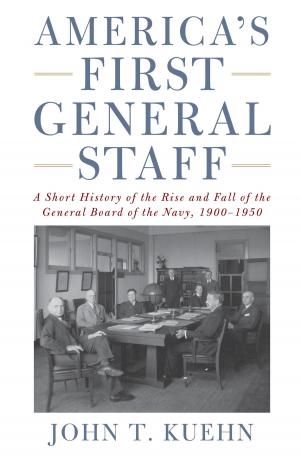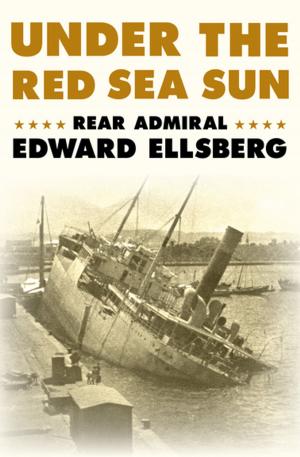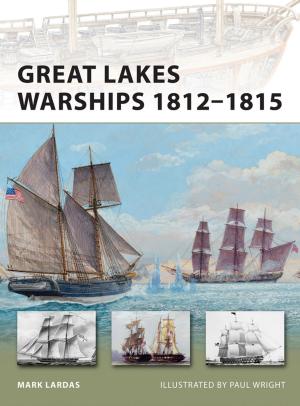A Brief History of the U. S. S. Imperator : one of the two Largest Ships in the U. S. Navy.
Nonfiction, History, Military, Pictorial, Other, Naval| Author: | Anonymous | ISBN: | 1230000213610 |
| Publisher: | Tower of Sages | Publication: | January 28, 2014 |
| Imprint: | Language: | English |
| Author: | Anonymous |
| ISBN: | 1230000213610 |
| Publisher: | Tower of Sages |
| Publication: | January 28, 2014 |
| Imprint: | |
| Language: | English |
A Brief History of the U. S. S. Imperator : one of the two Largest Ships in the U. S. Navy.
The Imperator was first commissioned in 1913, at Hamburg, Germany, by the Hamburg-American Steamship Line of Hamburg. She made regular passenger runs from Hamburg to New York from the time she was commissioned by her original owners up until the latter part of July, 1914. Her passenger quota was: 700 first class, 600 second class, 1000 third class and 1,800 fourth class. And on account of her up-to-date safety devices, she was one of the best patronized steamers belonging to the Hamburg American Line.
The Imperator was built by the Vulcan Steel Works of Hamburg. She has a length of 919 feet over all, a width of 98 feet 3 in., and a depth of 70 feet. She is electric lighted throughout, and has a very powerful wireless set—installed after being taken over by the Navy, and supplanting the old set—together with submarine signalling devices, watertight bulkheads and doors, which are opened and closed by hydraulic power. She carries 2,000 tons of permanent ballast.
The maximum speed of the Imperator is 22 knots, about 25 land miles, and she burns about 850 tons of coal per day. Her steaming radius is about 5,000 miles, and in port, under ordinary circumstances, she burns about 60 tons per day. The total capacity of her coal bunkers is 8,550 tons. The maximum draft when she is loaded and ready for sea is 40 feet and 6 inches, and in a single trip across the Atlantic her draft diminishes to 36 feet and 4 inches.
Her troop carrying capacity is 1,000 officers, 966 non-commissioned officers, and 7,939 enlisted men of the Army. Her total Naval complement is 2200 officers and enlisted men of the regular Navy.
A Brief History of the U. S. S. Imperator : one of the two Largest Ships in the U. S. Navy.
The Imperator was first commissioned in 1913, at Hamburg, Germany, by the Hamburg-American Steamship Line of Hamburg. She made regular passenger runs from Hamburg to New York from the time she was commissioned by her original owners up until the latter part of July, 1914. Her passenger quota was: 700 first class, 600 second class, 1000 third class and 1,800 fourth class. And on account of her up-to-date safety devices, she was one of the best patronized steamers belonging to the Hamburg American Line.
The Imperator was built by the Vulcan Steel Works of Hamburg. She has a length of 919 feet over all, a width of 98 feet 3 in., and a depth of 70 feet. She is electric lighted throughout, and has a very powerful wireless set—installed after being taken over by the Navy, and supplanting the old set—together with submarine signalling devices, watertight bulkheads and doors, which are opened and closed by hydraulic power. She carries 2,000 tons of permanent ballast.
The maximum speed of the Imperator is 22 knots, about 25 land miles, and she burns about 850 tons of coal per day. Her steaming radius is about 5,000 miles, and in port, under ordinary circumstances, she burns about 60 tons per day. The total capacity of her coal bunkers is 8,550 tons. The maximum draft when she is loaded and ready for sea is 40 feet and 6 inches, and in a single trip across the Atlantic her draft diminishes to 36 feet and 4 inches.
Her troop carrying capacity is 1,000 officers, 966 non-commissioned officers, and 7,939 enlisted men of the Army. Her total Naval complement is 2200 officers and enlisted men of the regular Navy.















